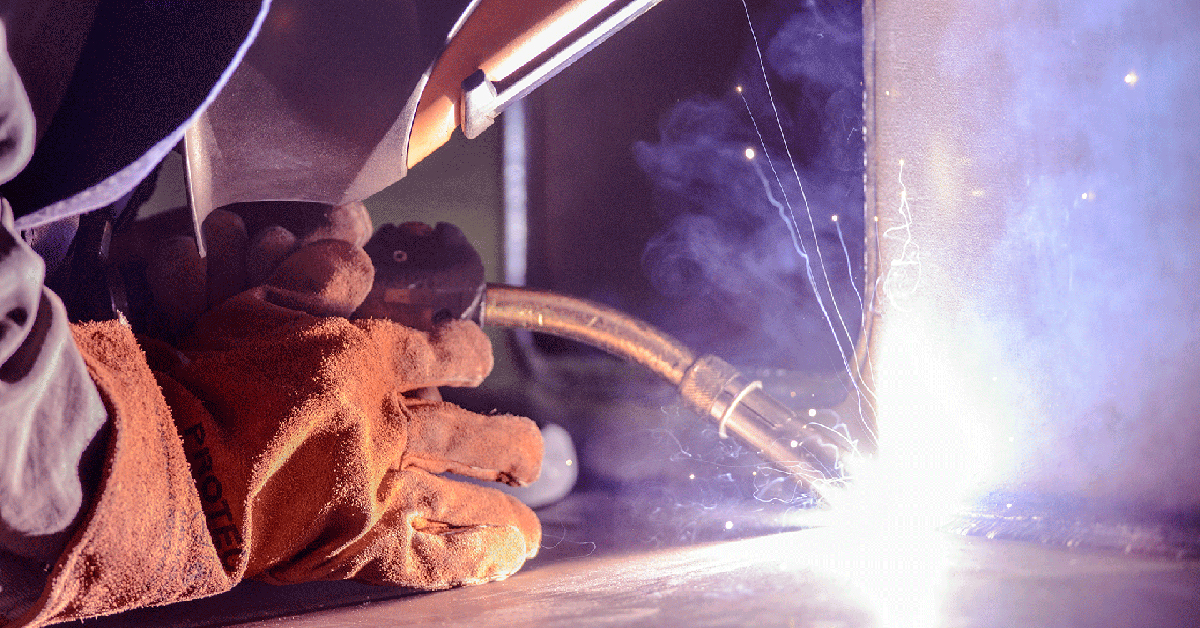A Comprehensive Guide to Identifying, Fighting, and Mending Undercut Welding Problems in Your Welding Tasks
In the world of welding, experiencing undercut problems is a common difficulty that can jeopardize the structural integrity and overall top quality of your welding jobs. Stay tuned as we check out the crucial components of determining, protecting against, and repairing undercut welding issues, providing you with useful understandings and methods to raise your welding abilities to the next level.
Usual Root Causes Of Undercut Welding
Undercut welding, an usual concern in welding processes, can be triggered by different variables that require to be meticulously determined and resolved to ensure the integrity of the weld joint. Among the primary root causes of undercut welding is too much warm input. When the welding criteria, such as voltage, current, or travel rate, are not correctly established, a too much quantity of warm can be produced. This excess warm leads to the melting and succeeding elimination of the base product along the sides of the weld joint, producing a groove called undercut.
An additional usual reason for undercut welding is improper welding strategy. Inadequate control of the soldering iron or weapon, incorrect angle or distance in between the torch and the work surface, or inconsistent traveling speed can all add to the development of undercut. Additionally, making use of the wrong welding consumables or electrode size for a specific joint configuration can lead to undercut concerns. Recognizing these source and executing corrective measures is essential in preventing and rectifying undercut welding issues in welding jobs.
Identifying Undercut in Welds

To recognize undercut properly, appropriate illumination and magnifying tools are necessary to check the weld joint thoroughly. Making use of tools such as a welding scale or a magnifying glass can aid in spotting even the tiniest undercut imperfections. Furthermore, running a finger or a fingernail along the weld joint can in some cases disclose undercut, as the surface area might feel uneven or have a dip where the undercut exists.
Safety Nets for Undercut
Having a deep understanding of the root causes of undercut in welds permits the execution of reliable preventive measures to maintain weld high quality and integrity. One crucial safety net appertains weld joint prep work. Making certain that the edges are clean, devoid of contaminants, and correctly beveled can substantially lower the likelihood of undercut (Preventing weld undercut). Furthermore, choosing the ideal welding criteria, such as voltage, current, and travel speed, is crucial. These setups should be maximized to stop excessive warmth input, which can result in undercut development.

Techniques for Taking Care Of Undercut

To address undercut problems properly, welders can use details techniques targeted at remedying the issue and restoring the honesty of the weld joint. One method is to readjust the welding criteria, such as the voltage, existing, and take a trip speed, to More about the author ensure proper warmth input and fusion. Raising the welding existing or reducing the travel rate can help complete the undercut. Furthermore, changing the welding strategy from a push to a drag or the find more information other way around can additionally aid minimize undercut.
One more method is to use a weaving motion while welding to guarantee correct sidewall fusion and fill in the undercut. By oscillating the welding arc from side to side within the weld joint, the welder can transfer extra filler material right into the undercut locations, efficiently eliminating the issue.
Moreover, grinding out the undercut and rewelding the joint can be a practical service for extra extreme undercut issues - Preventing weld undercut. This procedure entails eliminating the undercut area, preparing the base metal, and after that rewelding the joint with appropriate welding criteria and methods to stop undercut from returning

Specialist Tips for Preventing Undercut
Using appropriate welding strategies and maintaining control over crucial welding criteria are essential methods for welders intending to avoid undercut in their weld joints. Furthermore, picking the appropriate welding process and filler steel for the details application can assist stop undercut. Maintaining a constant traveling speed throughout the welding procedure is one more vital suggestion to protect against undercut.
Conclusion
To conclude, determining, protecting against, and taking care of undercut welding problems in your welding tasks is crucial for ensuring solid and long lasting welds. Preventing weld undercut. By recognizing the typical sources of undercut, being able to recognize it in welds, executing precautionary measures, and using correct techniques for repairing undercut, you can stay clear of possible concerns and create high-grade welds. Complying with professional tips for preventing undercut can help you boost your welding skills and generate better lead to your jobs
Undercut welding, a typical concern in welding procedures, can be triggered by various factors that require to like it be very carefully determined and resolved to ensure the stability of the weld joint. Furthermore, running a finger or a fingernail along the weld joint can sometimes reveal undercut, as the surface might really feel irregular or have a dip where the undercut exists.
Making use of correct welding techniques and maintaining control over key welding parameters are critical strategies for welders aiming to prevent undercut in their weld joints.In conclusion, recognizing, stopping, and fixing undercut welding problems in your welding tasks is vital for making sure strong and durable welds. By comprehending the typical causes of undercut, being able to identify it in welds, executing preventative actions, and using appropriate techniques for dealing with undercut, you can prevent prospective problems and produce high-quality welds.
Comments on “Best Overview to Preventing Weld Undercut: Tips and Techniques”